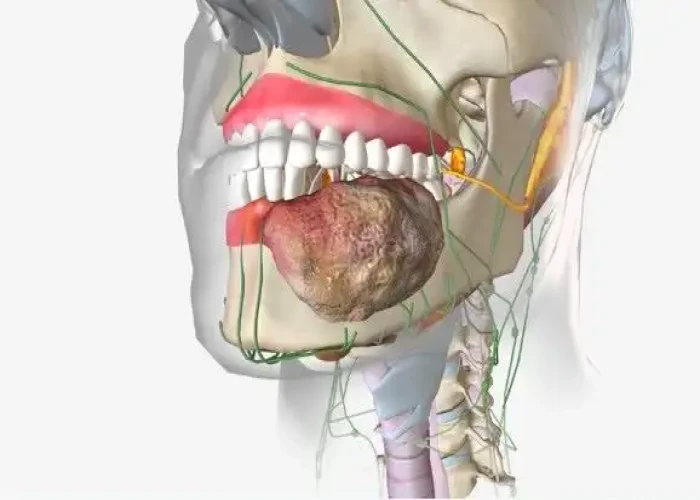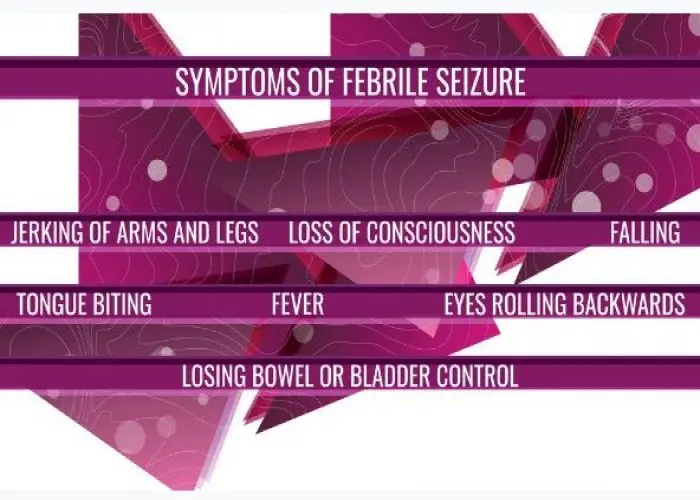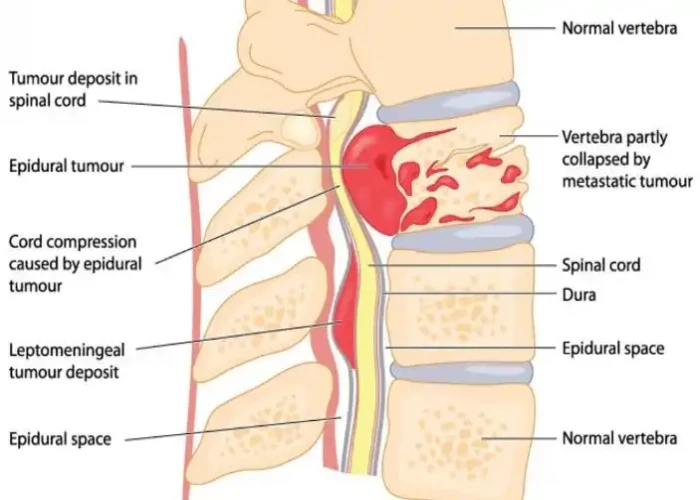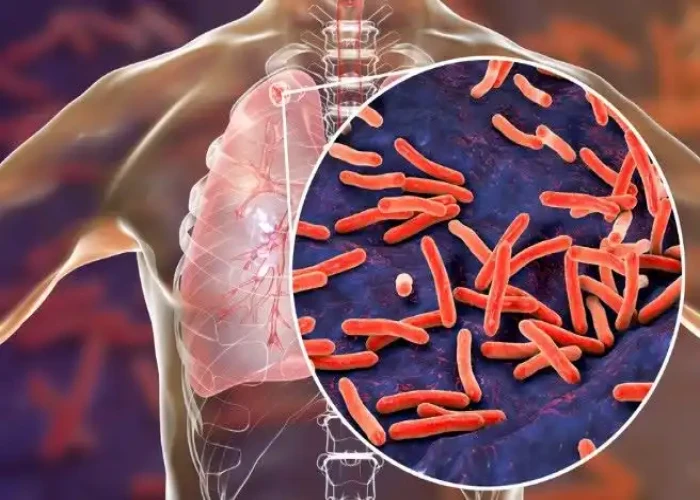 Welcome
Welcome
“May all be happy, may all be healed, may all be at peace and may no one ever suffer."
Tuberculosis

Tuberculosis (TB) is an infectious disease caused by the bacterium Mycobacterium tuberculosis. TB can affect any part of the body, but it most commonly affects the lungs, causing a chronic cough, fever, and weight loss.
TB is spread through the air when an infected person coughs, sneezes, or talks, releasing tiny droplets containing the TB bacteria. Not everyone who is infected with TB will develop active disease; the immune system can often contain the bacteria and prevent it from causing symptoms.
When active TB does develop, it can be treated with a combination of antibiotics taken for six to nine months. However, the rise of drug-resistant strains of TB has made treatment more challenging. TB can be particularly dangerous for people with weakened immune systems, such as those with HIV, and for people with other health conditions such as diabetes or malnutrition.
Prevention of TB includes vaccination with the Bacillus Calmette-Guerin (BCG) vaccine, which is most effective in protecting young children from severe forms of TB. Good ventilation, particularly in crowded spaces, and avoiding close contact with people who are known to have TB are also important measures to reduce the spread of the disease. Early diagnosis and treatment of active TB is critical in preventing the spread of the disease and reducing complications.
Research Papers
Disease Signs and Symptoms
- Cough
- Coughing for three or more weeks
- Loss of appetite
- Fever and chills
- Night sweats
- Fever
- Fatigue (Tiredness)
- Weight loss
- Chest pain
- Blood with cough
- Chest pain, or pain with breathing or coughing
Disease Causes
Tuberculosis
Tuberculosis is caused by bacteria that spread from person to person through microscopic droplets released into the air. This can happen when someone with the untreated, active form of tuberculosis coughs, speaks, sneezes, spits, laughs or sings.
Although tuberculosis is contagious, it's not easy to catch. You're much more likely to get tuberculosis from someone you live or work with than from a stranger. Most people with active TB who've had appropriate drug treatment for at least two weeks are no longer contagious.
HIV and TB
Since the 1980s, tuberculosis cases have increased dramatically because of the spread of HIV, the virus that causes AIDS. HIV suppresses the immune system, making it difficult for the body to control TB bacteria. As a result, people with HIV are much more likely to get TB and to progress from latent to active disease than are people who aren't HIV positive.
Drug-resistant TB
Tuberculosis also remains a major killer because of the increase in drug-resistant strains. Over time, some TB germs have developed the ability to survive despite medications. This is partly because people don't take their drugs as directed or don't complete the course of treatment.
Drug-resistant strains of tuberculosis emerge when an antibiotic fails to kill all of the bacteria it targets. The surviving bacteria become resistant to that drug and often other antibiotics as well. Some TB bacteria have developed resistance to the most commonly used treatments, such as isoniazid and rifampin (Rifadin, Rimactane).
Some TB strains have also developed resistance to drugs less commonly used in TB treatment, such as the antibiotics known as fluoroquinolones, and injectable medications including amikacin and capreomycin (Capastat). These medications are often used to treat infections that are resistant to the more commonly used drugs.
Disease Prevents
Tuberculosis
If you test positive for latent TB infection, your doctor might advise you to take medications to reduce your risk of developing active tuberculosis. Only active TB is contagious.
Protect your family and friends
If you have active TB, it generally takes a few weeks of treatment with TB medications before you're not contagious anymore. Follow these tips to help keep your friends and family from getting sick:
- Stay home. Don't go to work or school or sleep in a room with other people during the first few weeks of treatment.
- Ventilate the room. Tuberculosis germs spread more easily in small closed spaces where air doesn't move. If it's not too cold outdoors, open the windows and use a fan to blow indoor air outside.
- Cover your mouth. Use a tissue to cover your mouth anytime you laugh, sneeze or cough. Put the dirty tissue in a bag, seal it and throw it away.
- Wear a face mask. Wearing a face mask when you're around other people during the first three weeks of treatment may help lessen the risk of transmission.
Finish your medication
This is the most important step you can take to protect yourself and others from tuberculosis. When you stop treatment early or skip doses, TB bacteria have a chance to develop mutations that allow them to survive the most potent TB drugs. The resulting drug-resistant strains are deadlier and more difficult to treat.
Vaccinations
In countries where tuberculosis is more common, infants often are vaccinated with bacille Calmette-Guerin (BCG) vaccine. The BCG vaccine isn't recommended for general use in the United States because it isn't very effective in adults. Dozens of new TB vaccines are in various stages of development and testing.
Disease Treatments
9 months long-term treatment of tuberculosis:
First 2 months:
Rifampicin 450/600mg
- Ethambutal 400mg
- Isoniazid 200/300mg
Next 7 months:
- Isonizid
- Rifampicin
6 months long-term treatment of tuberculosis:
First 2 months:
- Ethambutol
- Isoniazid
- Rifampicin
- Pyrazinamide
Next 4 months:
- Isoniazid
- Rifampicin
If you have latent TB, your doctor might recommend treatment with medication if you're at high risk of developing active TB. For active tuberculosis, you must take antibiotics for at least six to nine months.
The exact drugs and length of treatment depend on your age, overall health, possible drug resistance and where the infection is in your body.
Most common TB drugs
If you have latent tuberculosis, you might need to take only one or two types of TB drugs. Active tuberculosis, particularly if it's a drug-resistant strain, will require several drugs at once. The most common medications used to treat tuberculosis include:
- Isoniazid
- Rifampin (Rifadin, Rimactane)
- Ethambutol (Myambutol)
- Pyrazinamide
If you have drug-resistant TB, a combination of antibiotics called fluoroquinolones and injectable medications, such as amikacin or capreomycin (Capastat), are generally used for 20 to 30 months. Some types of TB are developing resistance to these medications as well.
Some drugs might be added to therapy to counter drug resistance, including:
- Bedaquiline (Sirturo)
- Linezolid (Zyvox)
Medication side effects
Serious side effects of TB drugs aren't common but can be dangerous when they do occur. All tuberculosis medications can be toxic to your liver. When taking these medications, call your doctor immediately if you have any of the following:
- Nausea or vomiting
- Loss of appetite
- A yellow color to your skin (jaundice)
- Dark urine
- Easy bruising or bleeding
- Blurred vision
Completing treatment is essential
After a few weeks, you won't be contagious and you might start to feel better. Don't stop taking your TB drugs — you must finish the full course of therapy and take the medications exactly as prescribed by your doctor.
Stopping treatment too soon or skipping doses can allow the bacteria that are still alive to become resistant to those drugs, leading to TB that is much more dangerous and difficult to treat.
A program called directly observed therapy (DOT) can help people stick to their treatment regimen. A health care worker gives you your medication so that you don't have to remember to take it on your own.
Disease Diagnoses
Disease Allopathic Generics
-
Streptomycin
Hear sounds in the ears / ringing in the ears / giddiness etc.
-
Ethambutol
Sudden eye discomfort/ eye pain.
-
Rifampicin + Isoniazid
Adult any of the above 450/600mg 1 time daily before food for 9 months. 450 mg daily for 50 kg weight and 600 mg daily for more than 50 kg weight. Adults 10-20mg per kg of body weight daily.
-
Rifampicin
Anti-tuberculosis drug rifampicin.
Adults 600 mg 30 minutes before meals every 1 or 2 months for the first 2 months. 600 mg for weight more than 50 kg 450 mg for weight less than 50 kg and 10 mg per kg for children 1 time daily.
-
Vitamin B1, B2 & B6
1+0+1.
-
Cod Liver Oil
2 spoons 3 times a day. Not suitable for asthma patients.
-
Multivitamin & Cod Liver Oil
2 spoons 3 times a day. Not suitable for asthma patients.
-
Promethazine Hydrochloride
2 spoons 3 times a day.
-
Salbutamol
2 spoons 3 times a day.
-
Dextrose
40/50 drops per minute should be given intravenously. Inj to be next day. Ascoson is not needed.
-
Vitamin B complex
Consume 1 capsule daily after breakfast and 1 at night after meal.
Disease Ayurvedic Generics
Disease Homeopathic Generics
Disease yoga
Tuberculosis and Learn More about Diseases

Soft palate cancer

Febrile seizure

Broken heart syndrome

Ganglion cyst

Vertebral tumor

Testicular torsion

Zollinger-Ellison syndrome

Tinea versicolor
tuberculosis, যক্ষা
To be happy, beautiful, healthy, wealthy, hale and long-lived stay with DM3S.
